42 what is the main force that drives deep ocean currents
6A: Down to the Deep - The Ocean's Biological Pump Sinking shells bring carbon down to the deep ocean When shell-builders die and sink, the carbon in their shells is transported down to the deep ocean where the carbon can become part of deep ocean currents and seafloor sediments. Many shells dissolve before reaching the seafloor sediments, a process that releases CO 2 into deep ocean currents. Wind - Wikipedia Historically, the Beaufort wind force scale (created by Beaufort) provides an empirical description of wind speed based on observed sea conditions.Originally it was a 13-level scale (0-12), but during the 1940s, the scale was expanded to 18 levels (0-17). There are general terms that differentiate winds of different average speeds such as a breeze, a gale, a storm, or a hurricane.
Ocean Salinity: How Much Salt is in Oceans ... - Earth How Ocean currents are like giant conveyor belts moving huge amounts of water all the time. While wind drives surface ocean currents from the Coriolis effect, temperature and salt gradients mostly influence deep ocean currents.
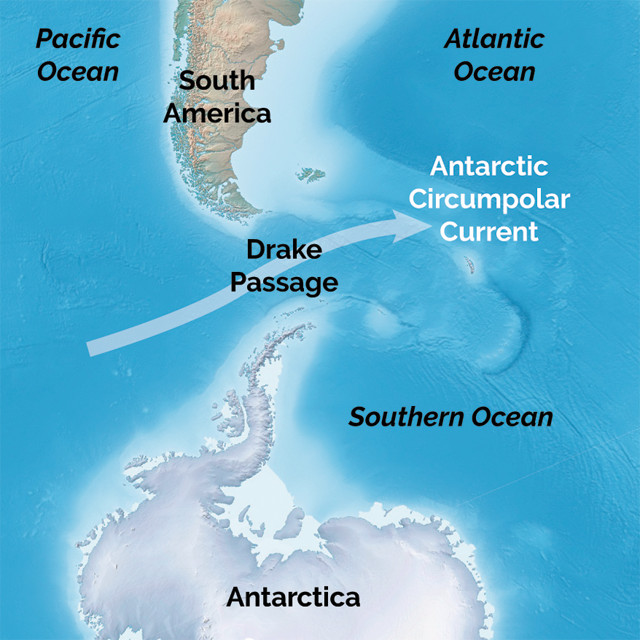
What is the main force that drives deep ocean currents
A critical ocean system may be heading for collapse due to ... The AMOC is the product of a gigantic, ocean-wide balancing act. It starts in the tropics, where high temperatures not only warm up the seawater but also increase its proportion of salt by boosting... › classzone-retiredClasszone.com has been retired Summer School. Mix and match HMH programs for a summer school curriculum that drives student growth. Easy-to-implement and effective. List of Ocean Currents of the World - Jagranjosh.com The Ocean Currents in the northern hemisphere deflect towards their right while in the southern hemisphere deflect towards their left due to the Coriolis force. The only exception to this rule of...
What is the main force that drives deep ocean currents. news.climate.columbia.edu › 2019/07/30 › co2-drivesYou Asked: If CO2 Is Only 0.04% of the Atmosphere, How Does ... Jul 30, 2019 · It was not man’s activities than caused a warmer climate and the disappearance of ice sheets that were up to two miles thick. Climate is caused by the complex interaction of the changes in earth’s orbit, the wobble on its axis, ocean currents, air streams and most importantly solar activity. Climate change is a natural occurrence. Antarctic Circumpolar Current flows more rapidly in warm ... Since there are no landmasses blocking its way, the West Wind Drift drives the water unhindered eastwards around the Antarctic in a clockwise direction. As a result, a gigantic ring-shaped current... › environmentEnvironment - The Telegraph Apr 09, 2022 · Find all the latest news on the environment and climate change from the Telegraph. Including daily emissions and pollution data. Antarctic Circumpolar Current flows more rapi | EurekAlert! Since there are no landmasses blocking its way, the West Wind Drift drives the water unhindered eastwards around the Antarctic in a clockwise direction. As a result, a gigantic ring-shaped current...
This is why nuclear subs don't try to rest on the sea ... Before getting too deep into the details, let it be known that American nuclear submarines can come to rest on the ocean floor. Even since the early days of the nuclear sub program - dating back to Admiral Hyman Rickover himself - these submarines have been able to touch the bottom of the ocean, so long as that bottom wasn't below their crush depths. Ocean circulation - MarineSpecies Traits Wiki Deep ocean circulation is primarily driven by density differences. It is called thermohaline circulation, because density differences are due to temperature and salinity. Density differences are small and the flow velocity is low, of the order of a few cm/s. However, the water masses moving around by thermohaline circulation are huge. How Can We Use Ocean Energy to Generate Electricity ... The sun is the main source of energy for the oceans, both directly, through light and heat energy, and indirectly, by heating the air to produce winds. The oceans also receive energy from the pull exerted on the Earth by the moon, planets, and the sun. The Sun as a Source of Energy for Winds, Currents & the ... So, because these warmer parts of the earth have warmer air, the air in these parts will start to rise. This causes the cooler air from the surrounding areas to come in to replace the warmer air...
Ocean - Wikipedia Water continuously circulates in the oceans creating ocean currents. These directed movements of seawater are generated by forces acting upon the water, including temperature differences, atmospheric circulation (wind), the Coriolis effect and differences in salinity. How an "underwater waterfall" came to exist on Mauritius ... And when the ocean currents drive that coastal sand off of the southern tip of Mauritius and into the deep ocean waters, what appears to be an "underwater waterfall" is actually the result of ... ocean.si.edu › through-time › ancient-seasSea Level Rise | Smithsonian Ocean Global sea level is the height of the ocean's surface averaged throughout the world, and is what is often discussed in the news. Historically, it has been challenging to measure because the ocean's surface isn't flat; it changes daily or hourly based on winds, tides, and currents. Up until 1993, tide gauges measured global sea level. Wave Energy Pros and Cons - Solar Reviews Ocean waves exert tremendous amounts of power - power which can be utilized as a renewable resource known as wave energy, or tidal energy. The United States has the potential to generate 2.64 trillion kilowatt-hours of ocean energy - or more than half of the energy generated within the U.S. in 2020.. If we had the potential to generate more than half of the U.S. electricity from waves, what is ...
The Ocean Cleanup The Ocean Cleanup is a non-profit organization developing and scaling technologies to rid the oceans of plastic. To achieve this objective, we have to work on a combination of closing the source and cleaning up what has already accumulated in the ocean and doesn't go away by itself. This goal means we plan to put ourselves out of business ...
In Science Journals The twist is that even though the Labrador Sea is not the main region of sinking in the North Atlantic, it does drive a significant component of multidecadal variability in the AMOC and it does so with a time lead of a few years. This finding suggests the possibility of predicting ocean variability based on Labrador Sea conditions.
What are Ocean Currents? - Definition & Types - Video ... Wind is the driving force behind our oceans' surface currents. In other words, most surface currents are caused by wind, which has the greatest impact on these currents. As the wind blows over the...
climate.nasa.gov › news › 3105Earth's Magnetosphere: Protecting Our Planet from Harmful ... Aug 03, 2021 · To understand the forces that drive Earth’s magnetic field, it helps to first peel back the four main layers of Earth’s “onion” (the solid Earth): The crust, where we live, which is about 19 miles (31 kilometers) deep on average on land and about 3 miles (5 kilometers) deep at the ocean bottom.
en.wikipedia.org › wiki › TideTide - Wikipedia In most locations, the largest constituent is the principal lunar semi-diurnal, also known as the M2 tidal constituent or M 2 tidal constituent.Its period is about 12 hours and 25.2 minutes, exactly half a tidal lunar day, which is the average time separating one lunar zenith from the next, and thus is the time required for the Earth to rotate once relative to the Moon.
Ocean motion: Wind-driven currents | National Oceanic and ... Winds, water density, and tides all drive ocean currents. Coastal and sea floor features influence their location, direction, and speed. Earth's rotation results in the Coriolis Effect which also influences ocean currents. Large-scale, surface ocean currents are driven by global wind systems that are fueled by energy from the sun.
A strong air mass transport event is now bringing unusual ... As we now know, the wind is the main force that is generated by the imbalance in pressure. The image below shows the 5-day wind forecast. We can see a large wind field south of Greenland, as a strong low-pressure system passes there. But our focus is on a wind corridor further to the northeast.
As tectonic plates pull apart, what drives the formation ... Aug. 18, 2021 — The breakup of the supercontinent and formation of the current Afro-Eurasia landmass were caused by movement of Earth's tectonic plates. The position of these tectonic plates is ...
Which Current Moves Cold Water To Warm Latitudes It happens because the ocean currents are slammed against the shores on the west sides of ocean basins by the trade winds that blow west along the equator. Both the winds and the currents bounce off the western side of the basin, and start to head away from the equator.
'Subnautica: Below Zero' and Its Wondrous, Tedious Ocean ... A shady monopolistic corporation, Alterra, looms in the background, a company with a history in arms dealing that now makes its money colonizing alien planets through industries such as deep-sea...
What are Endogenic and Exogenic Forces? UPSC Geography ... Exogenic Forces. These are internal forces found deep within the Earth's core. ... Earth's interior heat is the primary source of energy that drives endogenic motions. Exogenic processes include weathering, erosion, mass wasting, and deposition. ... such as changes in the flow of ocean currents and winds, have an influence on climate change
theoceancleanup.com › scientific-publicationsScientific Publications • The Ocean Cleanup Some of these models include the effects of currents, waves and wind as well as a series of processes that impact how particles interact with ocean currents, including fragmentation and degradation. Here, we give an overview of these models, including their spatial and temporal resolution, limitations, availability, and what we have learned ...
As tectonic plates pull apart, what drives the formation ... "The graben was remarkably stable even though lots of dynamic processes were happening underneath, such as pressure changes in the magmatic feeder system of the eruption." Magma leaked through the...
Deep Argo: Diving for Answers in the Ocean's Abyss - climate All oceans are connected through the global conveyor belt, which is a planet-spanning circulation driven by places where surface water sinks due to relative changes in temperature, density, or salinity. Original drawing by Riccardo Pravettoni, UNEP/GRID-Arendal, based on NASA and NODC data.
News: Ocean Exploration News: NOAA Office of Ocean ... New discoveries and explorations, advances in technology, and important findings in deep-ocean science happen every day. The items on this page capture big news in ocean exploration, not just at NOAA, but around the field. Check back regularly to stay on top of the ever-changing world of deep-ocean exploration or visit the archive for past stories.
The Antarctic Is Signaling Big Climate Trouble. - The New ... The ocean's dominant feature, extending up to two miles deep and as much as 1,200 miles wide, is the Antarctic Circumpolar Current, by far the largest current in the world.
100+ Plastic in The Ocean Statistics And Facts 2022-2021 Plastic has been found as deep as 11,000m in our ocean. It's everywhere. At the current rate, we'll be pouring the equivalent of two garbage trucks of plastic into the ocean every minute by 2030. And that'll double by 2050. Unless we do something about it. And by then, there'll be more plastic in the ocean than fish.
List of Ocean Currents of the World - Jagranjosh.com The Ocean Currents in the northern hemisphere deflect towards their right while in the southern hemisphere deflect towards their left due to the Coriolis force. The only exception to this rule of...
› classzone-retiredClasszone.com has been retired Summer School. Mix and match HMH programs for a summer school curriculum that drives student growth. Easy-to-implement and effective.
A critical ocean system may be heading for collapse due to ... The AMOC is the product of a gigantic, ocean-wide balancing act. It starts in the tropics, where high temperatures not only warm up the seawater but also increase its proportion of salt by boosting...
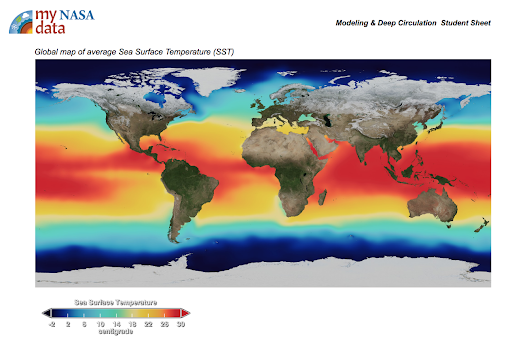
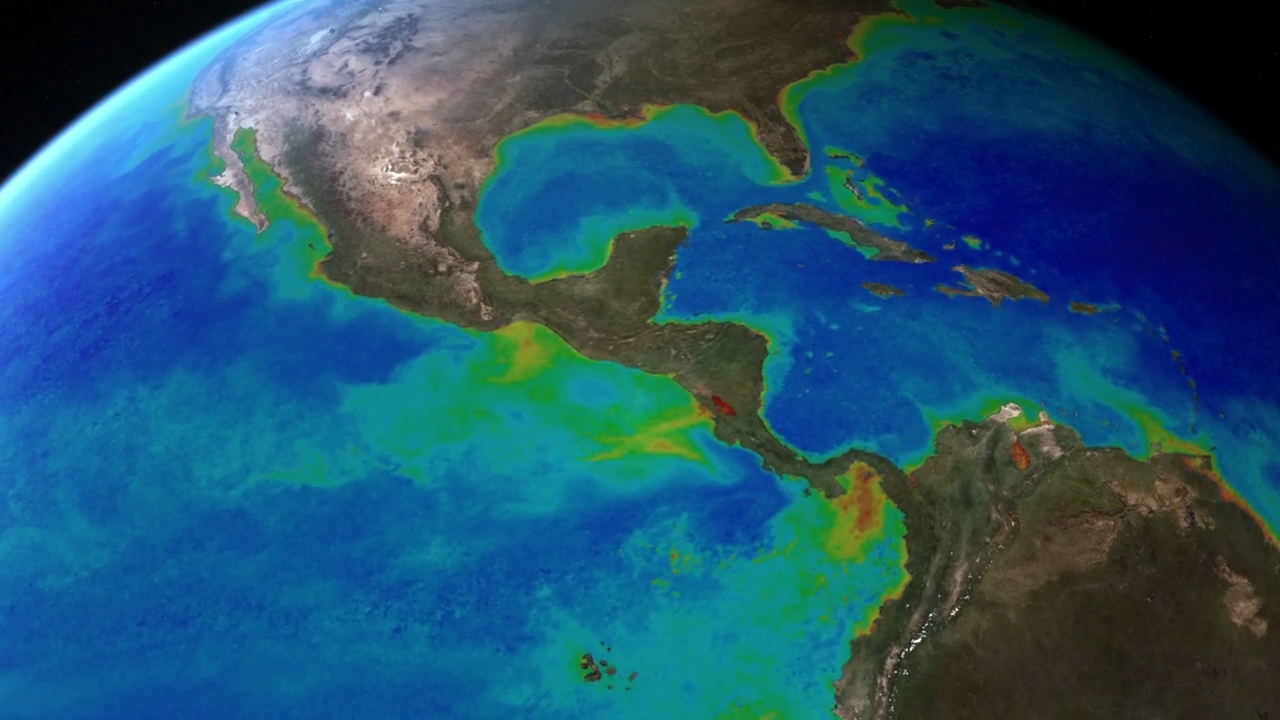
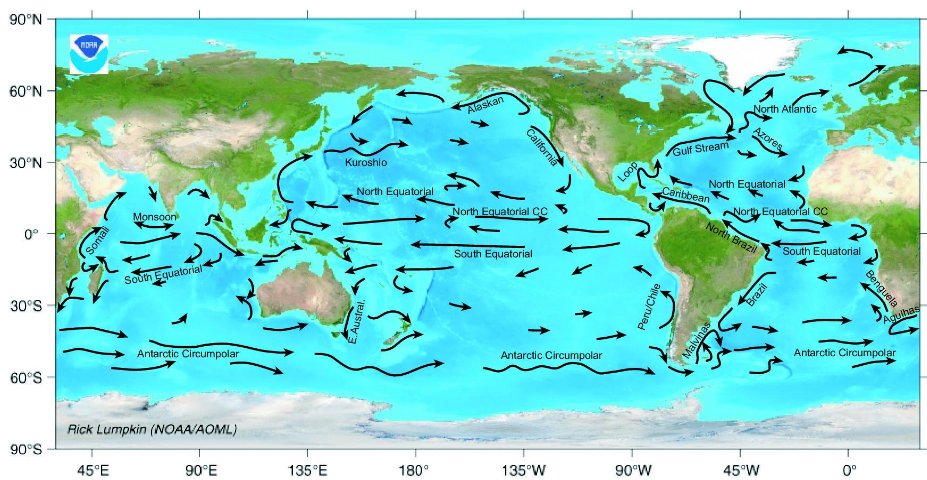


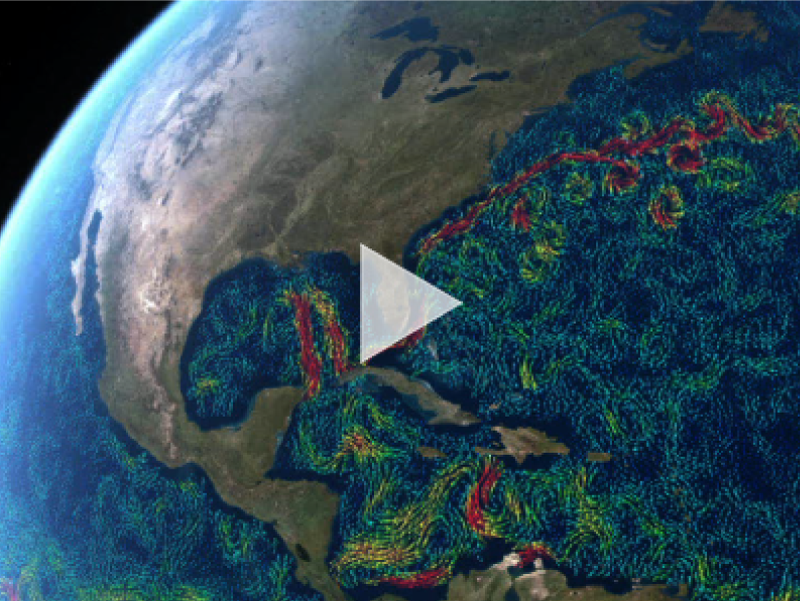





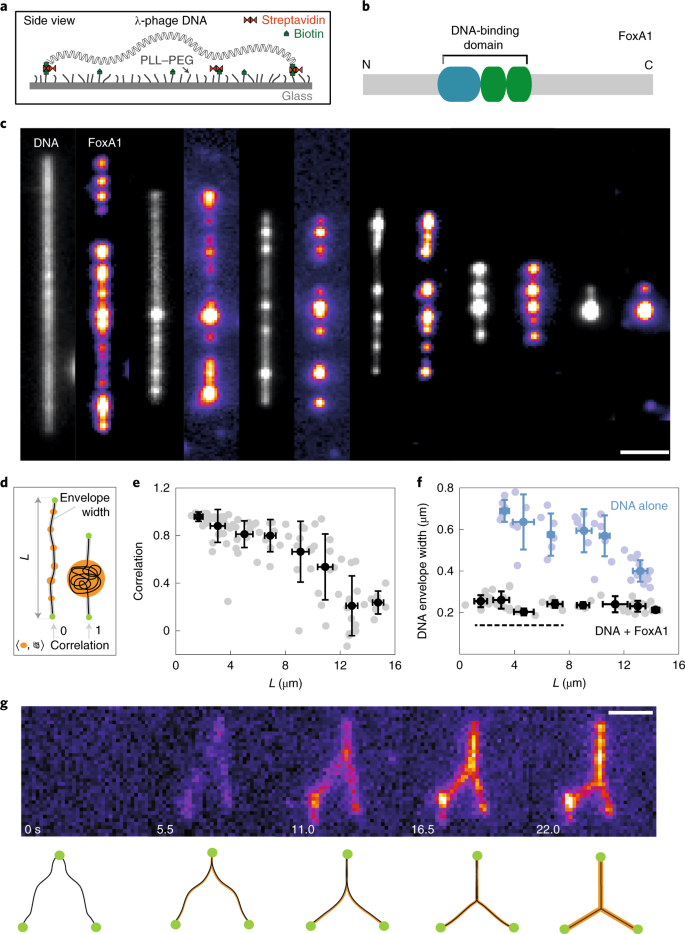
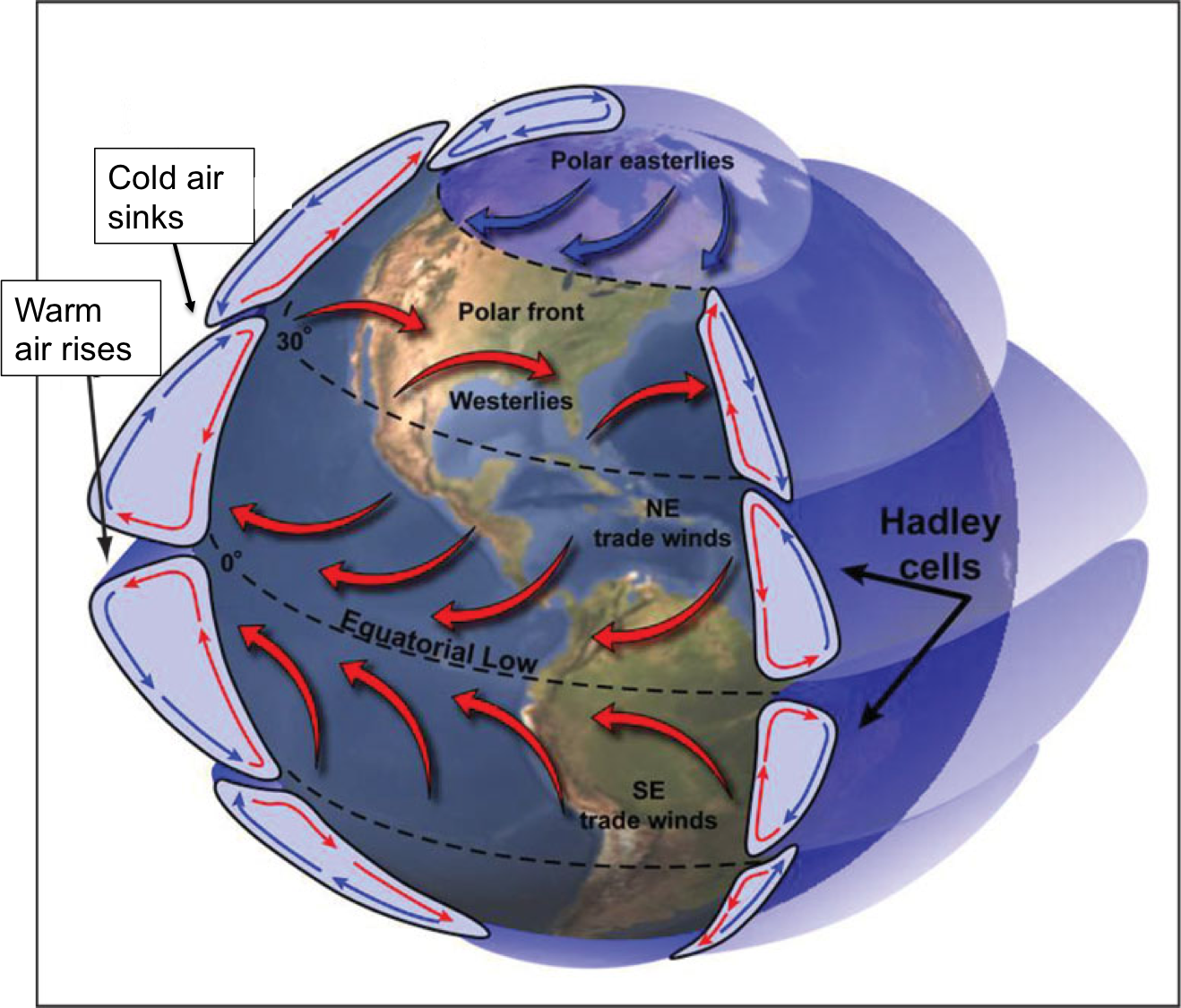
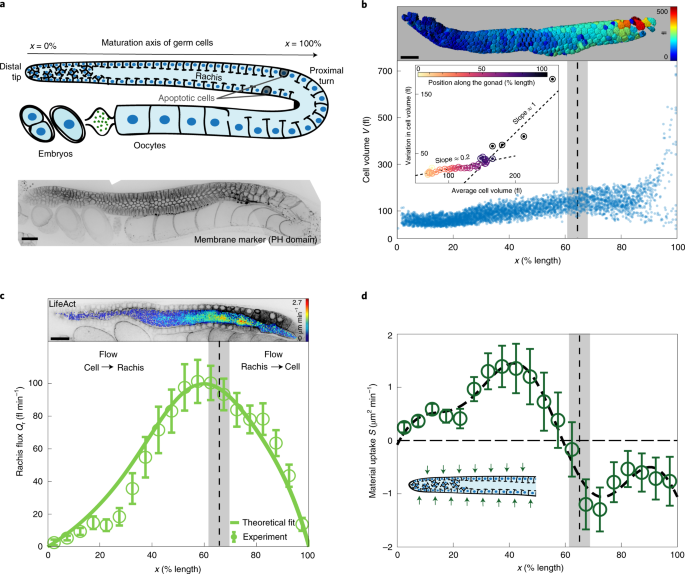
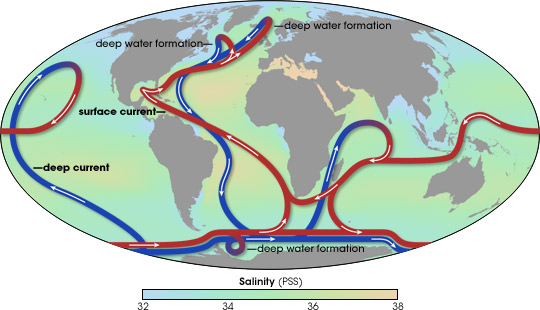
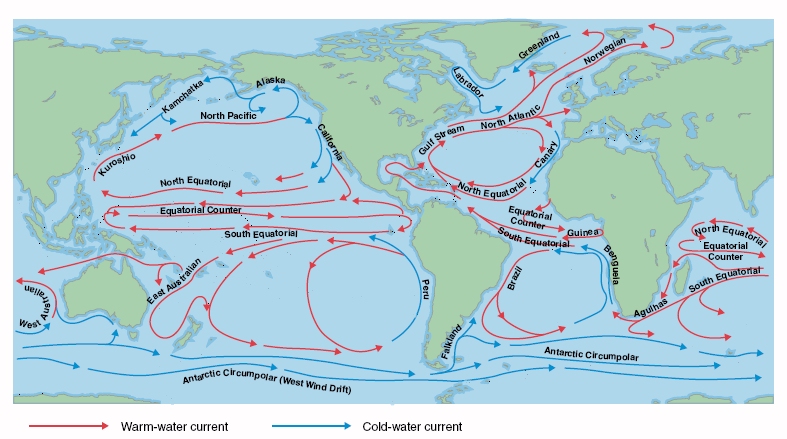




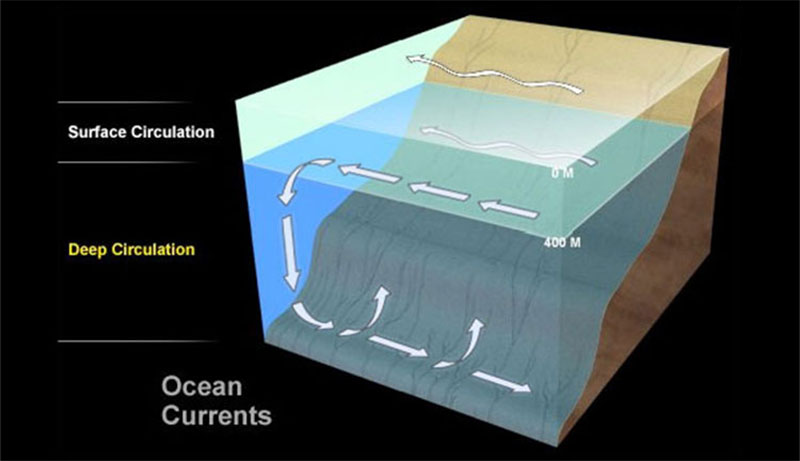
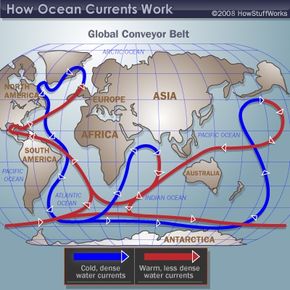

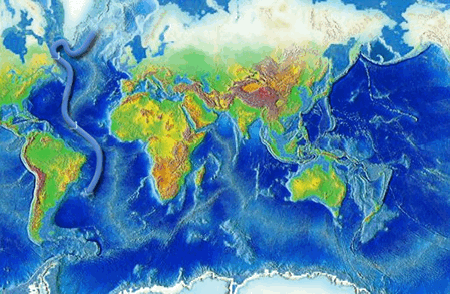





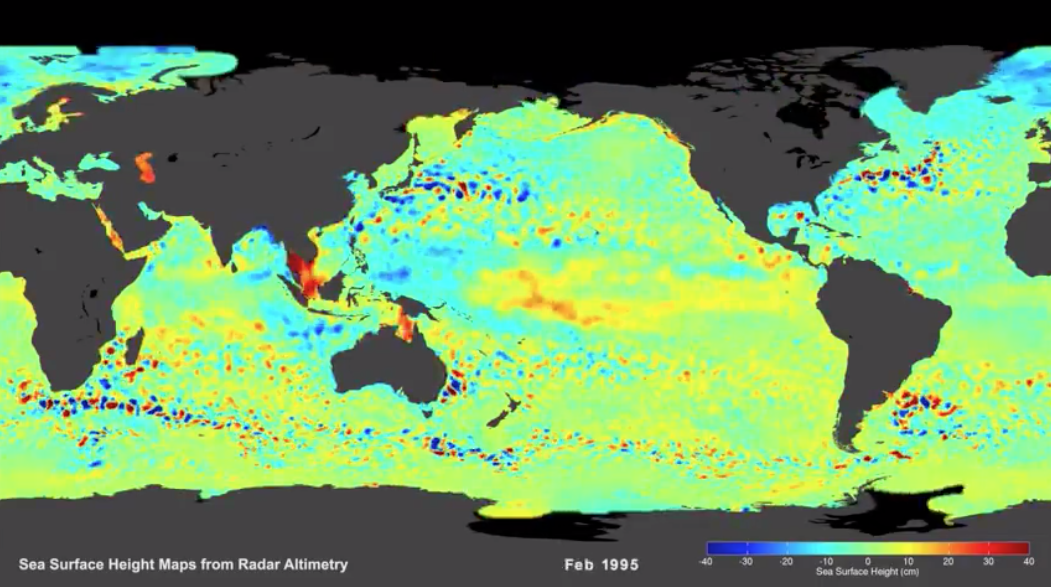


0 Response to "42 what is the main force that drives deep ocean currents"
Post a Comment